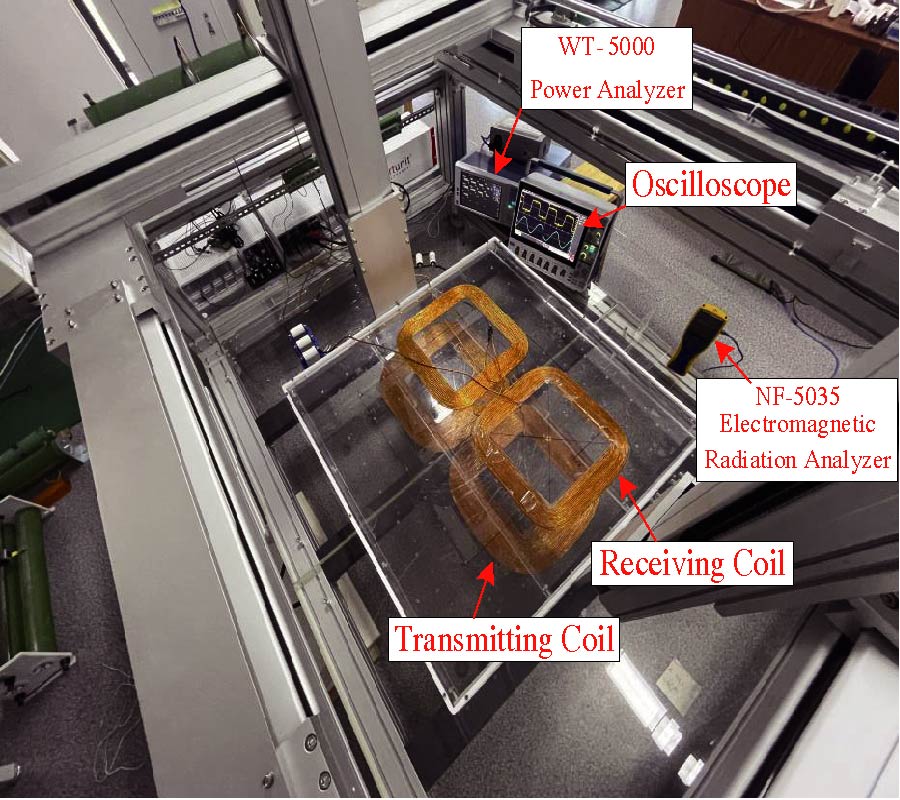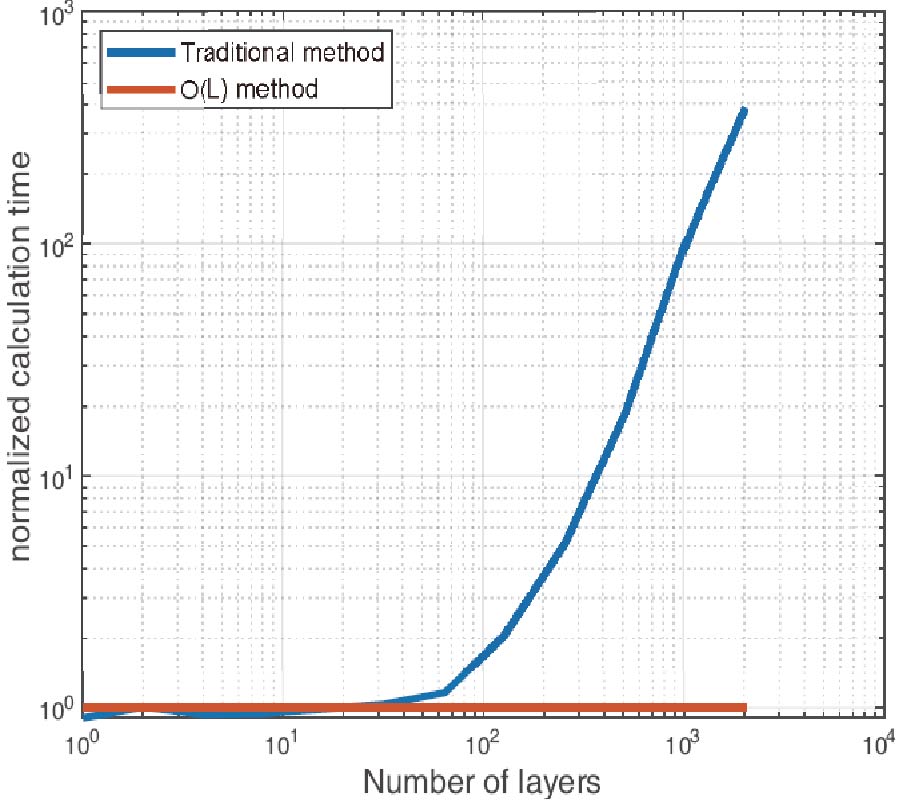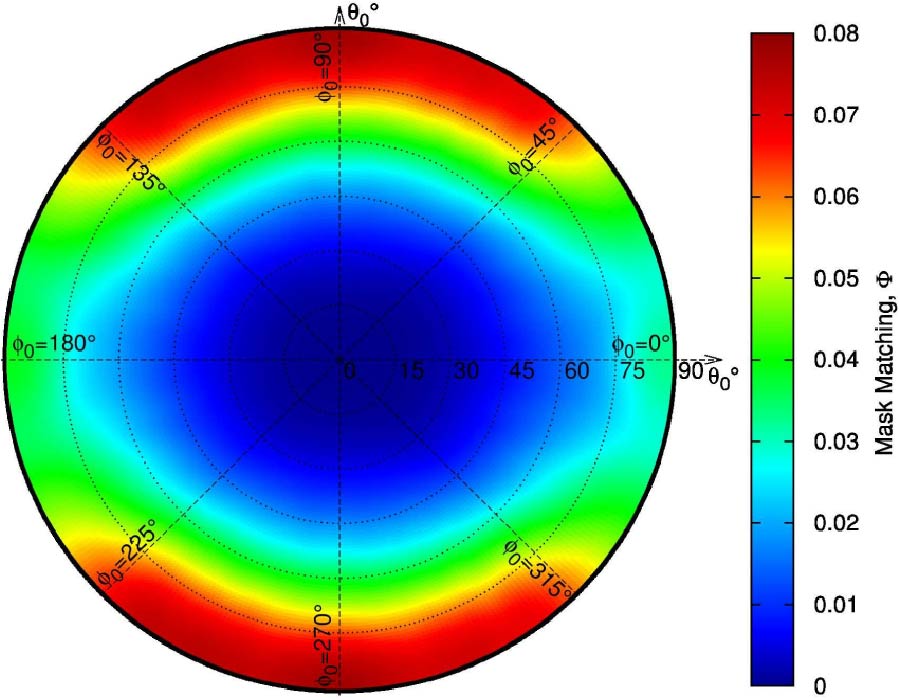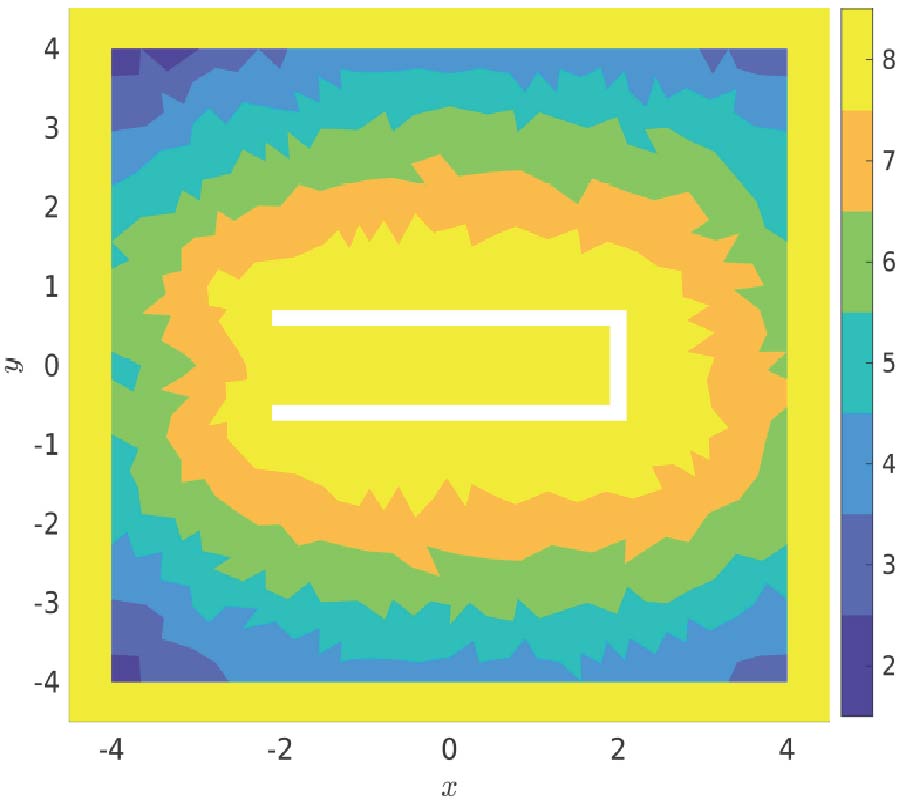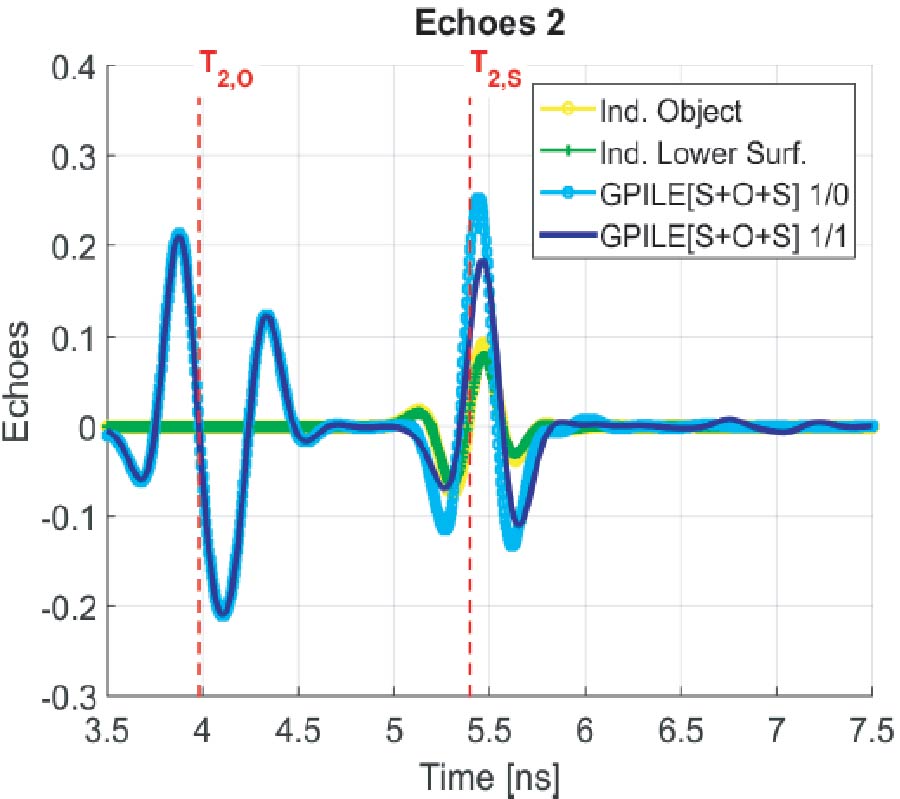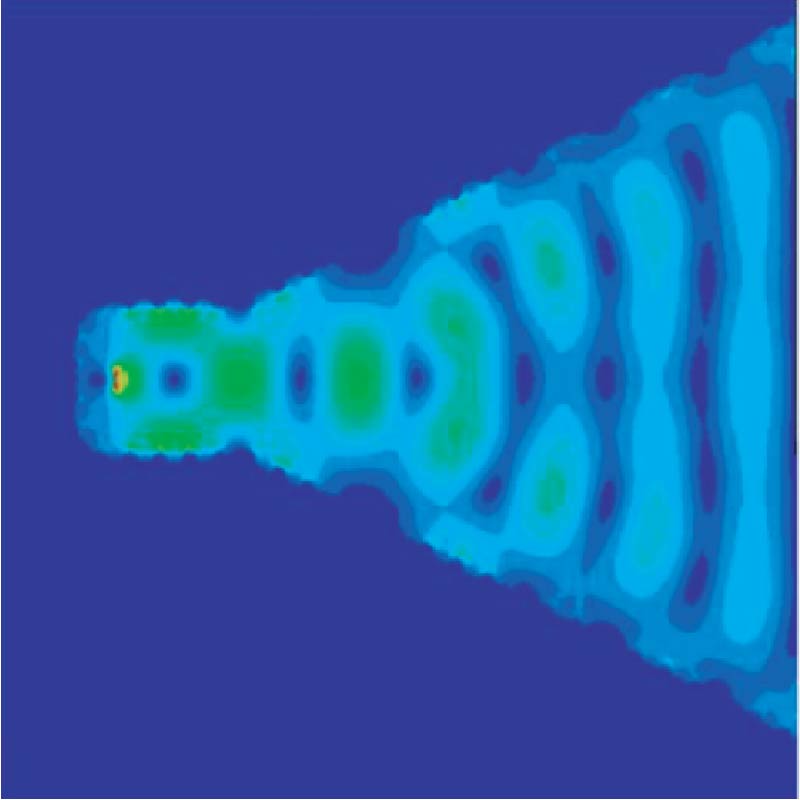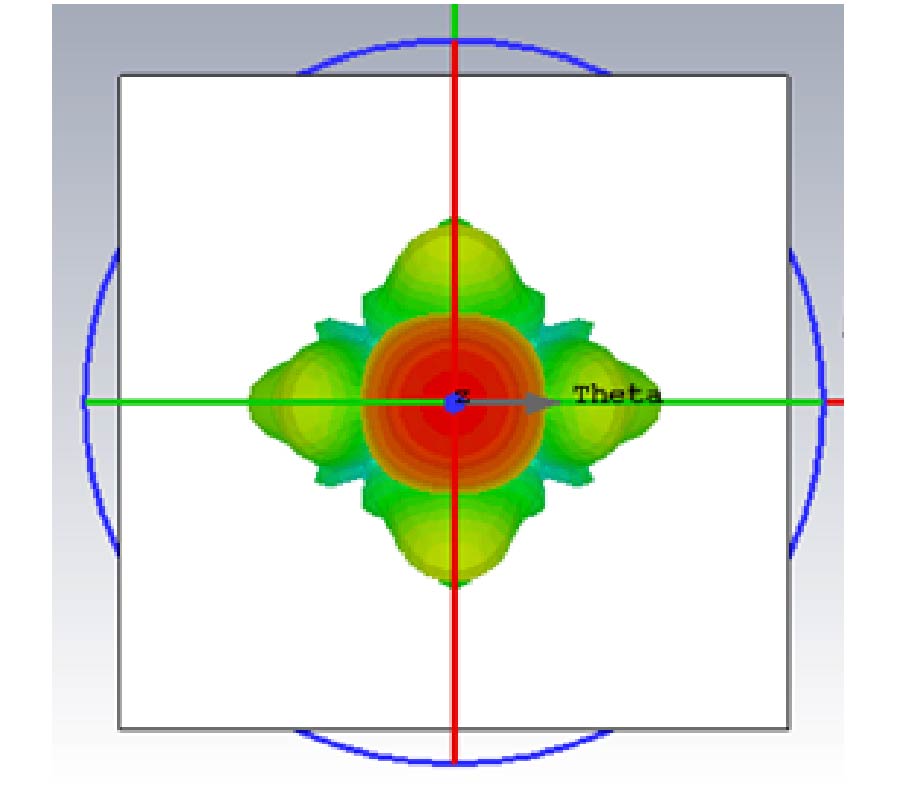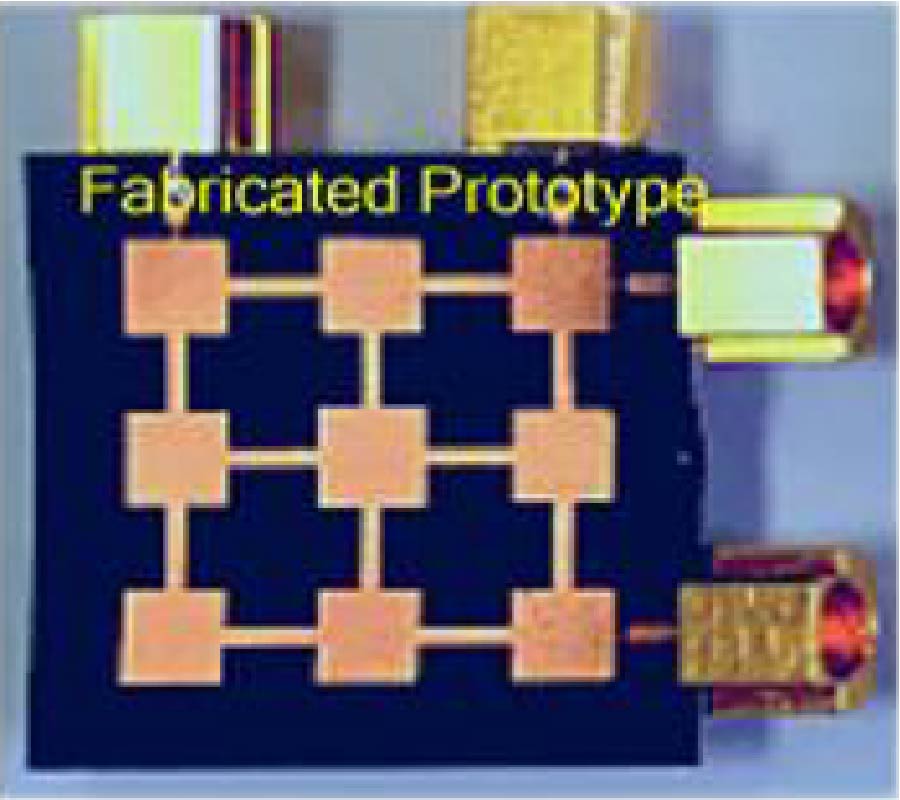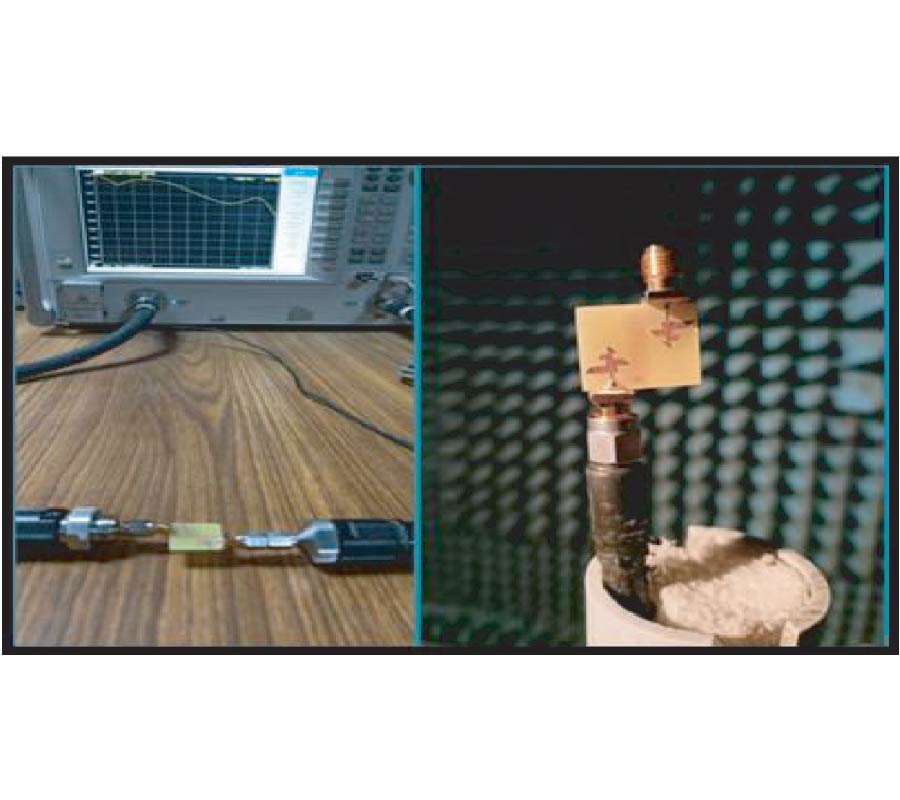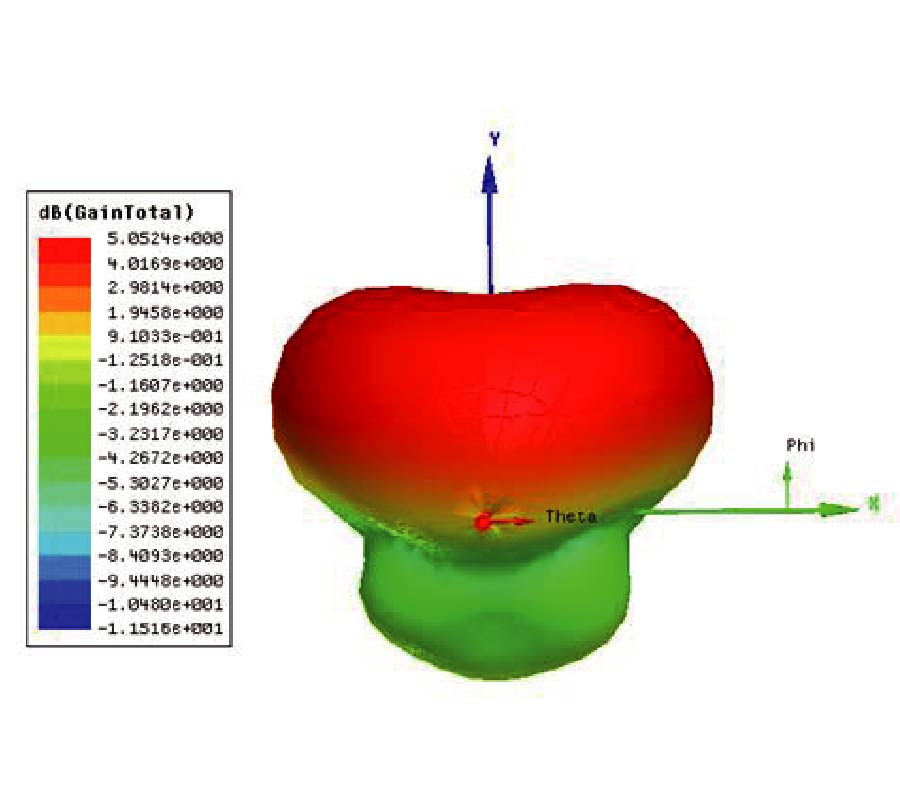A Review on Metamaterial Application in Microstrip and Substrate Integrated Waveguide Antenna Designs
Wriddhi Bhowmik,
Bhargav Appasani,
Amit K. Jha and
Shweta Srivastava
Metamaterials are artificially configured composite materials exhibiting unique characteristics such as negative effective permittivity and permeability. Due to these distinctive characteristics, metamaterials have drawn special attention in designing novel antenna structures and improving antenna performances. The application of metamaterial in antenna technology significantly brings miniaturization to the antenna structure, enhances the impedance bandwidth, gain, and efficiency of the antenna as well as improves isolation between the MIMO antenna elements. The substrate integrated waveguide (SIW) reduces the conductor and dielectric loss, and surface waεve excitations in the antennas. Although an overview of the performance enhancement of microstrip patch antennas under the influence of metamaterial has been incorporated in this article, the authors have put more effort in presenting a detailed study on working mechanism of metamaterial-based SIW antennas. Thus, a detailed review of the novel designs of metamaterial-inspired SIW cavity-backed slot antennas (CBSA), leaky-wave antennas (LWA), aperture antennas, and H-plane horn antennas has been included. The theoretical background of the metamaterials characteristics has been presented. Moreover, the working principles of metamaterial-based SIW CBSAs, SIW LWAs, SIW aperture antennas, and SIW H-plane horn antennas have been thoroughly outlined in obtaining antenna miniaturization, gain enhancement, beam steering through frequency scanning, polarization flexibility, bandwidth broadening, and isolation improvement. Besides this, a study has also been included in eliminating the limitations of SIW on-chip antennas such as narrow bandwidth, low gain, and efficiency by including metamaterial/metasurface in the antenna designs. Although the emphasis has been given to elaborating the attractive antenna performances, some design limitations have also been identified, and those need further investigation. This survey brings up not only the conceptual framework of the attractive characteristics of metamaterial, the design methodology of the non-resonant type metamaterial in the SIW environment, and the working principles of metamaterial-inspired SIW antennas but also the design limitations. Thus, consideration can be given to this article as the potential design guidelines of the metamaterial-based SIW antennas, and possible ideas can be obtained for doing further advanced research on the identified research gaps.
